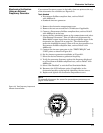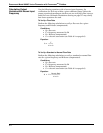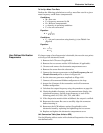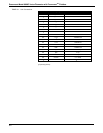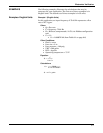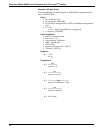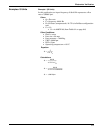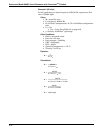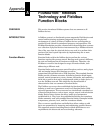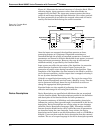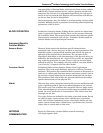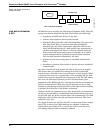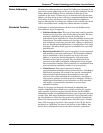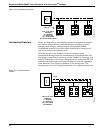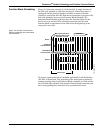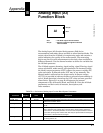
Appendix
A-1
A FOUNDATION
™
fieldbus
Technology and Fieldbus
Function Blocks
OVERVIEW This section introduces fieldbus systems that are common to all
fieldbus devices.
INTRODUCTION A fieldbus system is a distributed system composed of field devices and
control and monitoring equipment integrated into the physical
environment of a plant or factory. Fieldbus devices work together to
provide I/O and control for automated processes and operations. The
Fieldbus Foundation provides a framework for describing these systems
as a collection of physical devices interconnected by a fieldbus network.
One of the ways that the physical devices are used is to perform their
portion of the total system operation by implementing one or more
function blocks.
Function Blocks Function blocks within the fieldbus device perform the various
functions required for process control. Because each system is different,
the mix and configuration of functions are different. Therefore, the
Fieldbus
FOUNDATION has designed a range of function blocks, each
addressing a different need.
Function blocks perform process control functions, such as analog input
(AI) and analog output (AO) functions as well as
proportional-integral-derivative (PID) functions. The standard function
blocks provide a common structure for defining function block inputs,
outputs, control parameters, events, alarms, and modes, and combining
them into a process that can be implemented within a single device or
over the fieldbus network. This simplifies the identification of
characteristics that are common to function blocks.
The Fieldbus
FOUNDATION has established the function blocks by
defining a small set of parameters used in all function blocks called
universal parameters. The
FOUNDATION has also defined a standard set
of function block classes, such as input, output, control, and calculation
blocks. Each of these classes also has a small set of parameters
established for it. They have also published definitions for transducer
blocks commonly used with standard function blocks. Examples include
temperature, pressure, level, and flow transducer blocks.
The
FOUNDATION specifications and definitions allow vendors to add
their own parameters by importing and subclassing specified classes.
This approach permits extending function block definitions as new
requirements are discovered and as technology advances.



